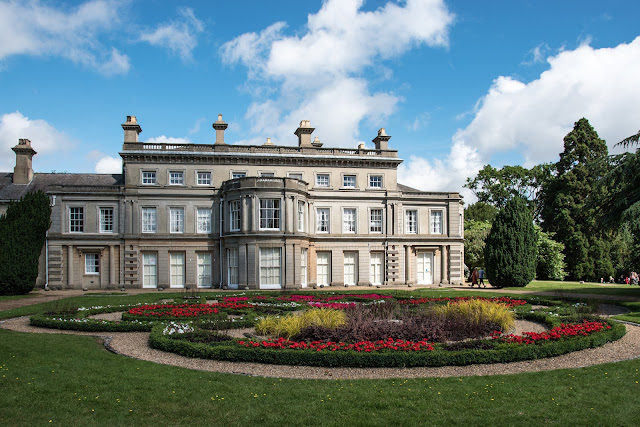Lavender fields and Kirkham Priory

Another beautiful spot we visited was Yorkshire Lavender, a 60-acre hillside farm featuring lavender gardens, specialist plant shop and a sculpture park. The patterns formed by the Lavender were just waiting to be photographed. A great place to visit with it`s herbs and other plants. To cap it all, a great place to have a mid morning coffee and cake. What more could you want. I know, more ruins! The ruins of Kirkham Priory are situated on the banks of the River Derwent, at Kirkham, North Yorkshire, England. The Augustinian priory was founded in the 1120s by Walter l'Espec, lord of nearby Helmsley, who also built Rievaulx Abbey. Legend has it that Kirkham was founded in remembrance of l'Espec's only son who had died nearby as a consequence of his horse being startled by a boar. The area was later used to test the D-Day landing vehicles. The ruins are now Grade I listed and in the care of English Heritage. The Gatehou...





